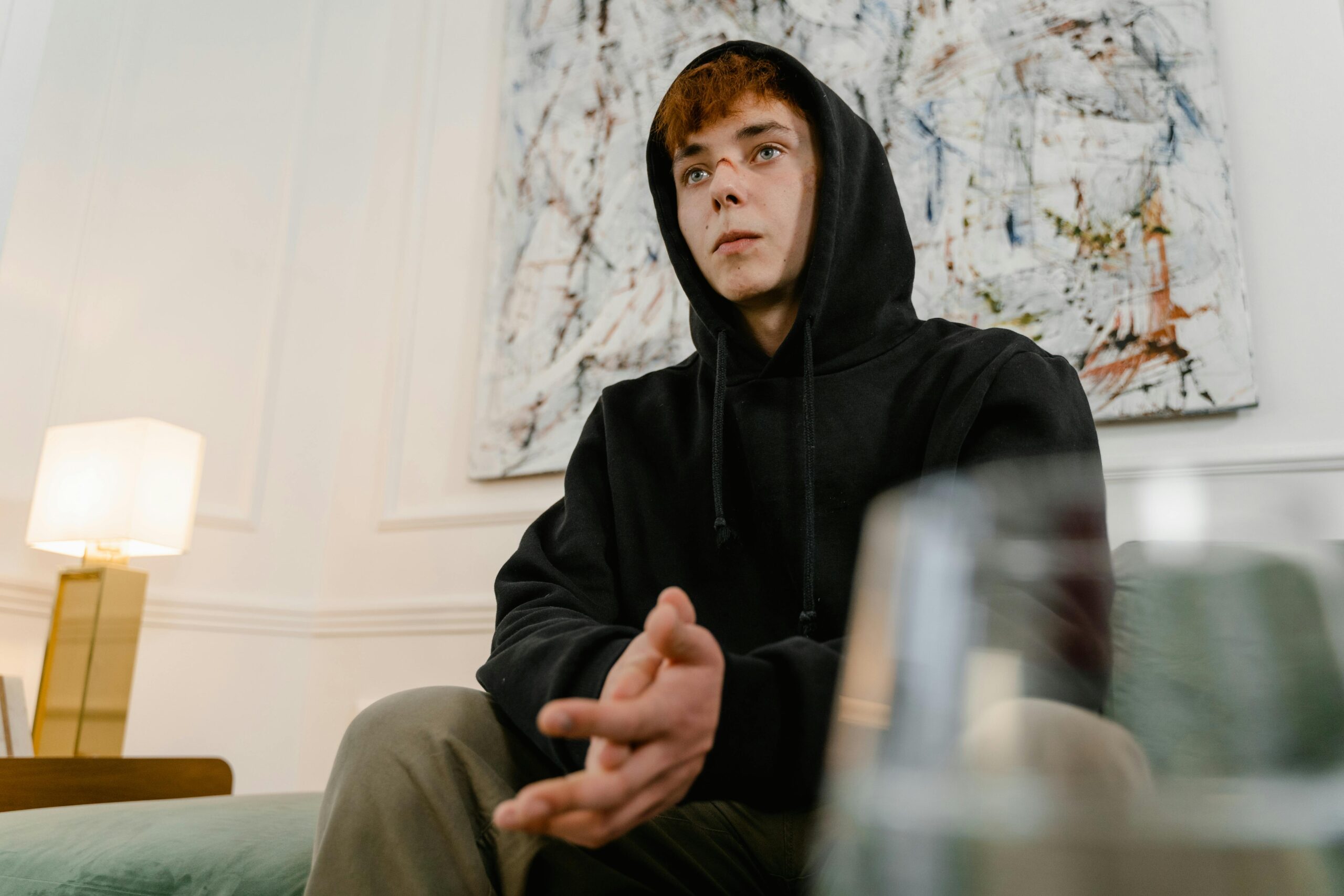
Creativity has long been a subject of fascination and study, with its roots often traced to the depths of the unconscious mind. Psychoanalysis, a discipline founded by Sigmund Freud, delves into the unconscious, exploring its profound influence on human behavior and thought. The intersection of psychoanalysis and creativity reveals how unlocking the unconscious mind can unleash the inner artist, providing a deeper understanding of the creative process and fostering artistic expression.
The Unconscious Mind and Creativity
Freud’s theory of the unconscious suggests that a significant portion of our thoughts, feelings, and desires reside beneath the conscious mind. These repressed or hidden elements can manifest in dreams, slips of the tongue, and creative endeavors. Psychoanalysis aims to bring these unconscious elements to the surface, facilitating self-awareness and emotional growth.
Creativity, in many ways, can be seen as a dialogue with the unconscious. Artists often describe their creative process as a spontaneous, almost automatic experience, where ideas seem to flow from an unknown source. This aligns with Freud’s concept of the unconscious as a reservoir of untapped potential and creativity.
Key Psychoanalytic Concepts in Understanding Creativity
1. Primary Process Thinking
Freud distinguished between primary and secondary process thinking. Primary process thinking is the unconscious, free-associative, and often illogical mode of thought, akin to dream states and childhood fantasies. This type of thinking is crucial for creative expression, allowing for novel connections and imaginative ideas that transcend conventional logic.
2. Defense Mechanisms
Defense mechanisms are unconscious strategies used to protect the ego from anxiety and conflict. While often seen as barriers to mental health, these mechanisms can also fuel creativity. For instance, sublimation, a defense mechanism where unacceptable impulses are transformed into socially acceptable activities, can channel intense emotions into artistic pursuits.
3. Transference and Countertransference
In psychoanalytic therapy, transference involves the projection of feelings onto the therapist, while countertransference is the therapist’s emotional reaction to the patient. In the context of creativity, these dynamics can play out in the artist’s relationship with their work, where unresolved emotions and past experiences are projected onto the creative process, influencing the themes and intensity of their art.
Psychoanalytic Techniques to Enhance Creativity
1. Free Association
Free association, a cornerstone of psychoanalytic therapy, involves expressing thoughts without censorship or logical order. This technique can be adapted to stimulate creativity, encouraging artists to explore their thoughts and emotions freely, leading to unexpected and original ideas.
2. Dream Analysis
Freud believed that dreams are the “royal road to the unconscious.” Analyzing dreams can provide valuable insights into the unconscious mind, revealing hidden desires and fears that can inspire and enrich creative work. Many artists have drawn inspiration from their dreams, transforming these nocturnal visions into compelling art.
3. Active Imagination
Developed by Carl Jung, active imagination is a technique that involves engaging with the unconscious through a dialogue with inner images and fantasies. This process can unlock new creative directions, allowing artists to explore and integrate unconscious material into their work.
Case Studies: Psychoanalysis and Artistic Mastery
1. Surrealism
The Surrealist movement, heavily influenced by psychoanalytic theories, sought to unleash the creative potential of the unconscious mind. Artists like Salvador Dalí and Max Ernst used techniques such as automatic writing and drawing, dream imagery, and free association to bypass rational thought and tap into deeper creative currents.
2. Modern Art Therapy
Art therapy combines psychoanalytic principles with creative expression, helping individuals access and work through unconscious material. This therapeutic approach has proven effective not only in treating mental health issues but also in enhancing creativity and self-expression.
The Impact of Psychoanalysis on Contemporary Creativity
Today, psychoanalytic concepts continue to influence the creative arts. Writers, filmmakers, and visual artists often draw upon their unconscious minds, using psychoanalytic techniques to deepen their understanding of characters, themes, and narratives. Workshops and creative retreats frequently incorporate psychoanalytic exercises to help participants overcome creative blocks and access deeper layers of their imagination.
Conclusion
Psychoanalysis provides a powerful framework for understanding and enhancing creativity. By exploring the unconscious mind, artists can tap into a wellspring of inspiration and originality. The techniques and concepts of psychoanalysis offer valuable tools for unlocking the unconscious artist within, fostering a richer and more profound creative experience. Whether through free association, dream analysis, or active imagination, the integration of psychoanalytic principles can unleash the full potential of the creative mind, leading to innovative and transformative works of art.